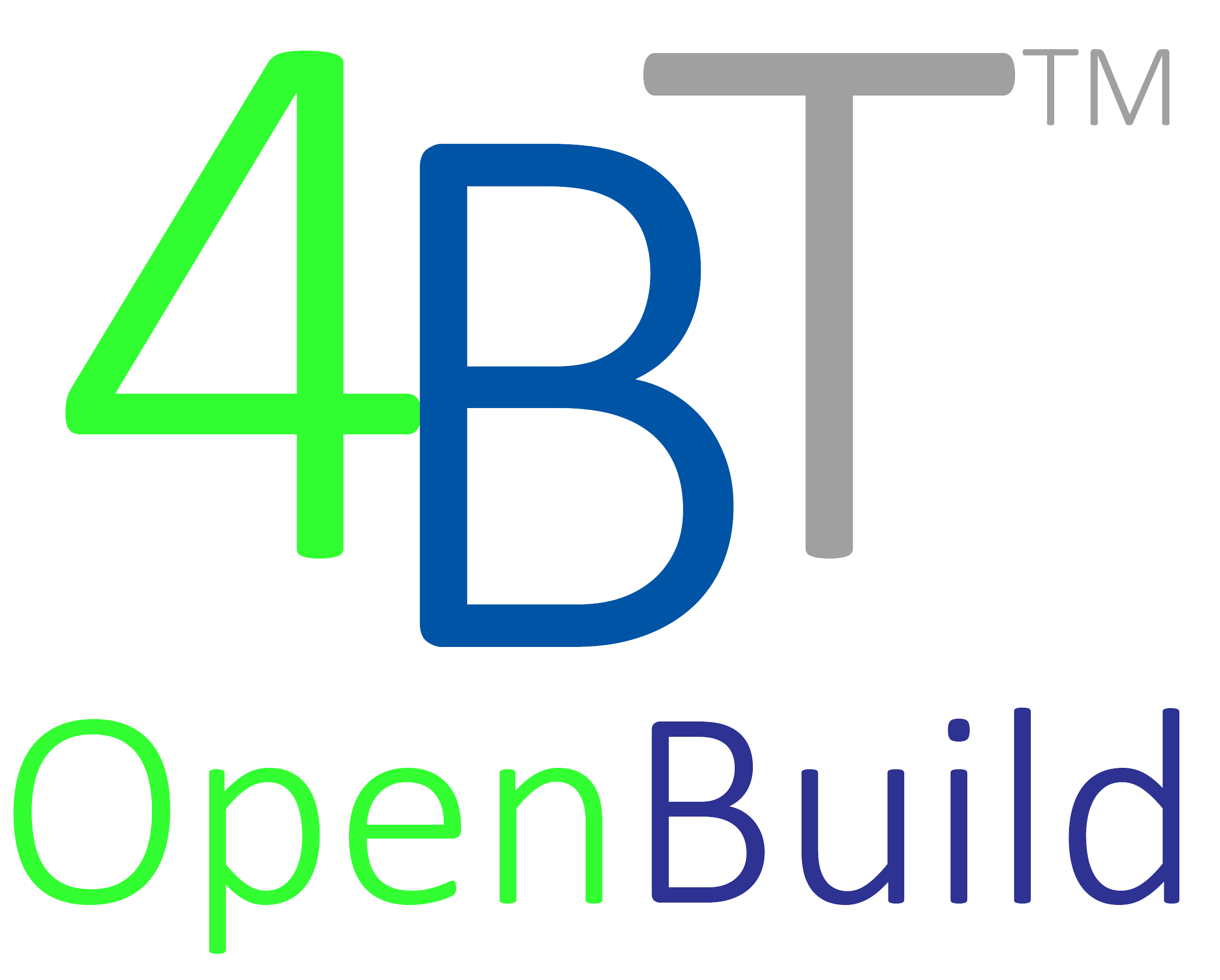Lifecycle facilities asset management requires an agile philosophy, a focus upon people and outcomes, and the implementation of robust processes.
Without awareness and implementation of available lifecycle total cost of ownership facilites asset management practices, efficient stewardship of the built environment and reduction of growing deferred maintenance across all public sectors with remain elusive.
The constant cry for more dollars and the assumption that major deferred maintenance issues facing all public sector is due to lack of funding is patently false.
In reality the efficacy of spending precious dollars on facilities repair and maintenance is often overlooked, and the process of sustaining physical infrastructure has virtually zero oversight. While the GAO has noted the fundamental issues for decades, there has been no substantive follow-on action by real property owners or lawmakers to correct faults.
Learning how to pivot to agile facilities deferred maintenance management can be a game changer.
Sustainable management of buildings and other forms of physical infrastructure is critical in today’s world of shrinking resources.
Traditional facilities capital planning and management strategic planning is a static process where the results rapidly become irrelevant, ignored, and outdated within a short time.
Rampant economic and financial waste has been the facilities management status quo for decades. This is especially true in the public government sector…. Federal, County, State, and Local.
Traditional facilities management methods have failed to engage all important constituencies and do not enable robust lifecycle asset management methods.
It’s time for a new approach: agile facilities planning.
Strategic planning, leverage of existing robust lifecycle facilities management processes, real property owner accountability, and stewardship of public trust are mandatory and should be outlined and enforceable via detailed legislative requirements.
Agile Approach
Agile facilities planning is a collaborative, iterative process that helps a senior leadership, facilities management teams, building users as well as services providers including builders, designers, and operators, align on priorities, develop accountability, and then have a framework to make good decisions while making consistent progress.
The agile strategic planning process focuses on the most important things that organizations must do to achieve the results and performance characteristics required for all physical infrastructure.
A robust agile programmatic approach, reliant upon systems-thinking can be applied to all projects and workorders whether they are repair, renovation, maintenance, or new builds.
For leadership, agile facilities management requires change management, supported by following core components and actions.
1. Proper legislated mandates requiring robust physical asset management processes and accountability
2. Enabled cost visibility and cost management including the requirement to use granular local market costs to validate contractor repair, renovation, new builds and all forms of maintenance
3. Removal of “politics” and improper use of and/or reliance upon technology (For example: Using CMMS without objective cost data for financial visibility, reliance upon BIM as a asset lifecycle total cost of asset management system, requirement to use a government developed/sponsor technology for condition assessment/sustainment.) and requiring ALL government agents to pass accounting audits (Note: The DoD has not passed a financial audit for decades.)
People Focus
Additional funding for deferred maintenance will not address wasteful spending or poor capital planning and management. More money will not solve the fundamental problems whose root cause is poor leadership.
There can be no significant improvement is built environment sustainability and waste reduction until owner leadership, commitment, and accountability are mandated.
Leadership and agile facilities management inspires people to focus upon creative problem resolution and continuous improvement.
A focus upon PEOPLE is paramount.
People need to have a clear understanding of the priorities.
They need to be provided the ability to quickly evaluate situations, problems, and/or opportunities and determine what is worthwhile of their time and aligned with where the organization is headed.
This is needed not only on strategic level, but on a day-to-day level.
The mindset of internal and external teams must be continuously focused on the purpose of producing meaningful initiatives and productive outcomes in concert with organizational needs.
Benefits of agile strategic facilities planning.
- Optimization of workload distribution across the organization and with external partners (service/product providers)
- Integration of all activities and projects, large and small toward achievement of major priority initiatives
- Consistency, continuity and a culture of accountability
- A solid foundation of trust and communication
- An improved understanding of mission, vision, and long-term success of the organization
- Improved, fact-based decision-making
Senior and facilities management leadership and supporting external services providers must be prepared to collaborate and adapt to situational circumstances to optimize resources.
Implementation of an agile facilities management framework leads to measurable, clear results amid the inevitability of changing circumstances.
Organizations that adopt strategic facilities management will be best equipped to thrive in the future.





